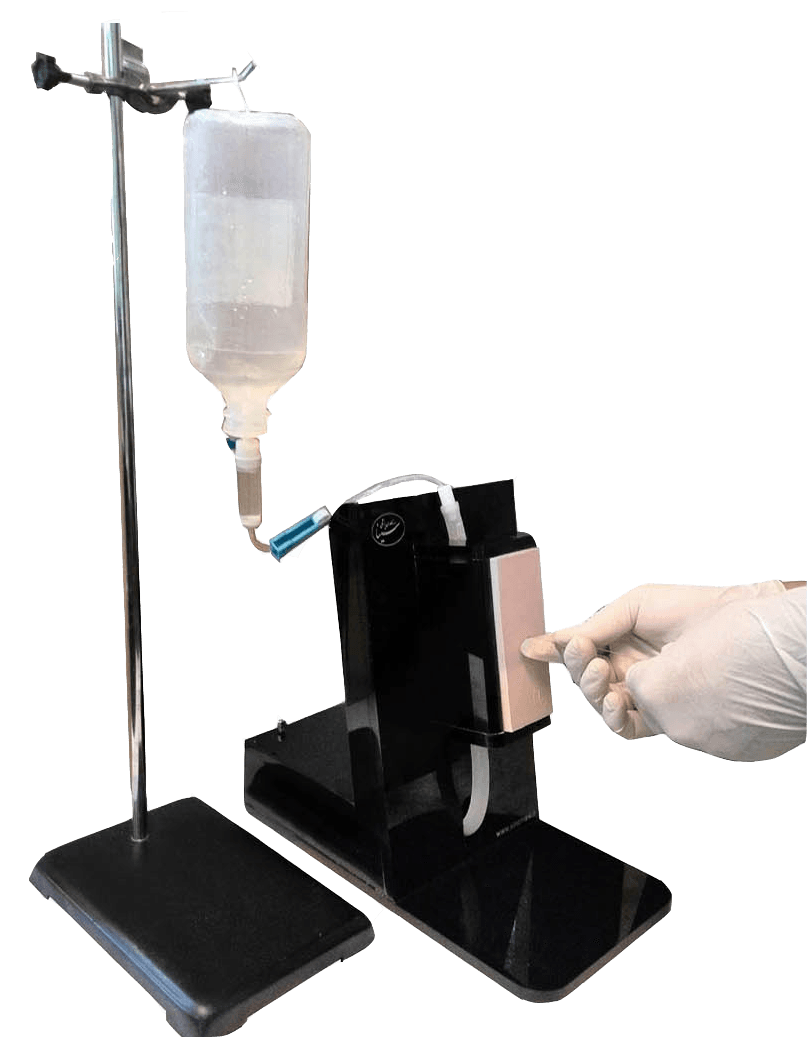

Every single method of diagnostic and therapeutic has the risks of its own; hence the Lumbar Puncture is not safe either. The main risk that threatens the patients in the Invasive operation is the probability of any contact happening in between the epidural catheter and the cord tissue, which may cause serious harm and pain. The lumbar puncture model has been designed to eradicate the risk of harm to the patients. It has been designed by medical education specialists to allow students and medical professionals to practice as frequently as enough and to achieve high levels of procedural competence and to enhance formal LP procedural skills abilities via training and assessment.
The lumbar puncture model simulates the lumbar spine’s L2 to L5 because as you move downwards from L1 the can be encountered and thus the risk of spinal cord injury reduces significantly. The spinal cord inside the cover is called the meninges and the fluid that fills the space between the spinal cord and the meninges is called the cerebrospinal fluid. In fact the cerebrospinal fluid is between the spine and the cord tissue which are the features simulated in our model. usually, as soon as the tip of the epidural catheter passing the meninges reaches the cerebrospinal fluid, fluid sample is taken and if the amount of sample collected isn’t enough it can be ensured for an extra 2 to 3 mm (in individual cases). in this state a few drops are taken from the cerebrospinal fluid and then the needle is ejected.
